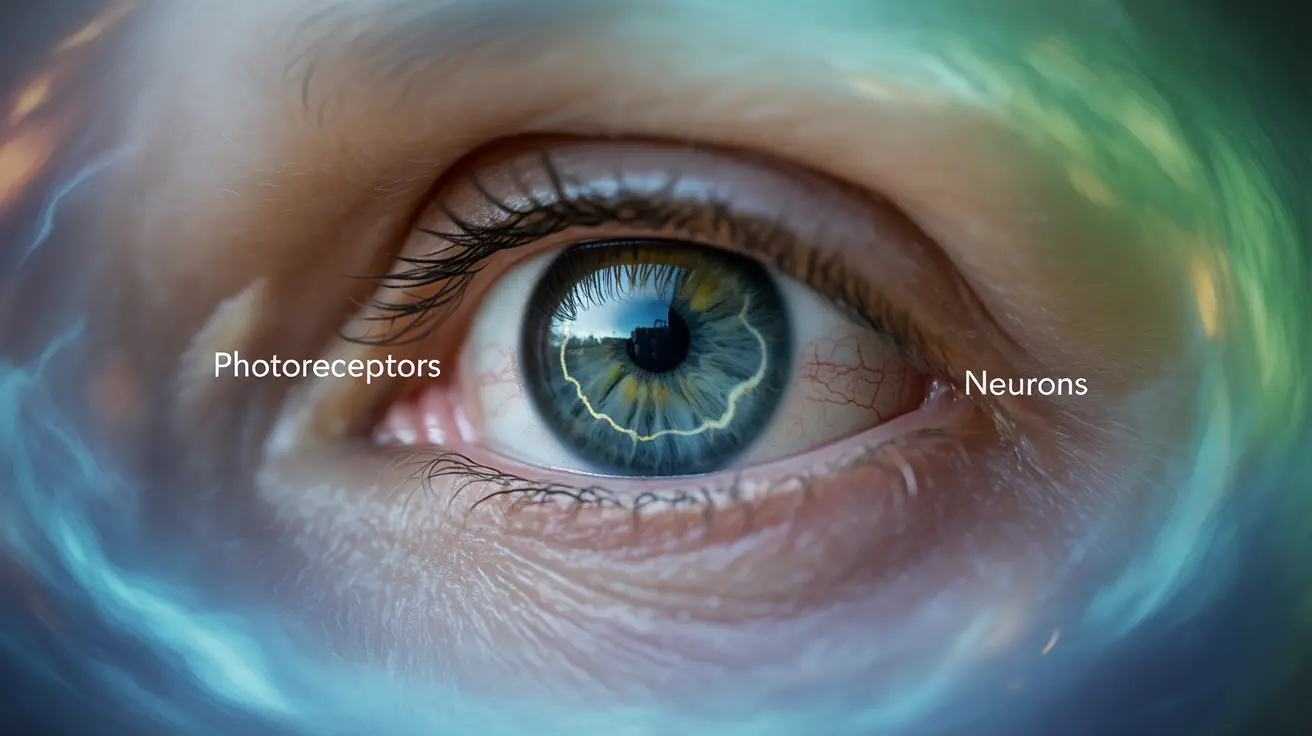The human eye's ability to process visual information is a fascinating aspect of our biology that continues to intrigue scientists and tech enthusiasts alike. While digital displays measure visual information in frames per second (FPS), human vision works quite differently, processing visual information in a continuous stream rather than discrete frames.
Understanding how our eyes perceive motion and process visual information is crucial, especially in an era where high-refresh-rate displays are becoming increasingly common. Let's explore the science behind human visual perception and how it relates to modern display technology.
The Science of Human Visual Processing
The human visual system doesn't actually see in frames per second. Instead, it processes visual information continuously through a complex network of photoreceptors, neurons, and brain pathways. Our eyes convert light into electrical signals that our brain interprets as visual information in an ongoing stream.
Different types of visual information are processed at varying speeds. For instance, our eyes can detect a single flash of light in as little as 1/1000th of a second, while motion perception operates on a different timescale.
Understanding Motion Perception
The perception of smooth motion in human vision relies on a phenomenon called persistence of vision. When our eyes receive sequential images in rapid succession, our brain blends them into a continuous motion. This is why traditional movies at 24 FPS appear smooth, despite actually being a series of still images.
The Flicker Fusion Threshold
The flicker fusion threshold is the frequency at which intermittent light stimulus appears to be completely steady to the observer. For most people, this occurs around 60 Hz (60 times per second), though it can vary based on factors such as lighting conditions and individual differences.
Display Technology and Visual Perception
Modern displays operate at various refresh rates, from traditional 60 Hz to gaming monitors capable of 360 Hz or more. While the human eye doesn't see in frames, higher refresh rates can provide noticeable benefits in specific situations:
- Reduced motion blur
- Smoother scrolling
- Better gaming responsiveness
- Decreased eye strain during extended viewing
Individual Variations in Visual Processing
Several biological factors influence how quickly individuals process visual information:
- Age
- Overall eye health
- Neural processing speed
- Environmental conditions
- Individual genetic differences
Frequently Asked Questions
How many frames per second can the human eye actually see?
The human eye doesn't see in discrete frames. Instead, it processes visual information continuously. While people can detect changes at extremely high speeds (up to 1000 Hz in some cases), most individuals perceive smooth motion at much lower frequencies, typically around 60 Hz.
Why does the human eye perceive motion smoothly at 24 to 60 fps even though it doesn't see in discrete frames?
This occurs due to persistence of vision and motion blur processing in the brain. Our visual system naturally blends consecutive images together, creating the illusion of smooth motion even at relatively low frame rates like 24 FPS.
Can people notice the difference between a 60 Hz and a 120 Hz or higher refresh rate on screens?
Many people can detect the difference between 60 Hz and 120 Hz displays, particularly during fast-moving content or gaming. However, the perceived benefit typically diminishes at higher refresh rates, with differences becoming less noticeable above 144 Hz for most users.
What biological factors affect how fast the human eye processes visual information?
Visual processing speed is influenced by multiple biological factors including age, neural processing capabilities, overall eye health, lighting conditions, and individual genetic variations in visual system development.
How does the flicker fusion threshold explain when a flickering light appears steady to the eye?
The flicker fusion threshold represents the frequency at which intermittent light stimuli appear continuous to an observer. This typically occurs around 60 Hz for most people, though it can vary based on factors such as ambient lighting and individual differences in visual processing.




